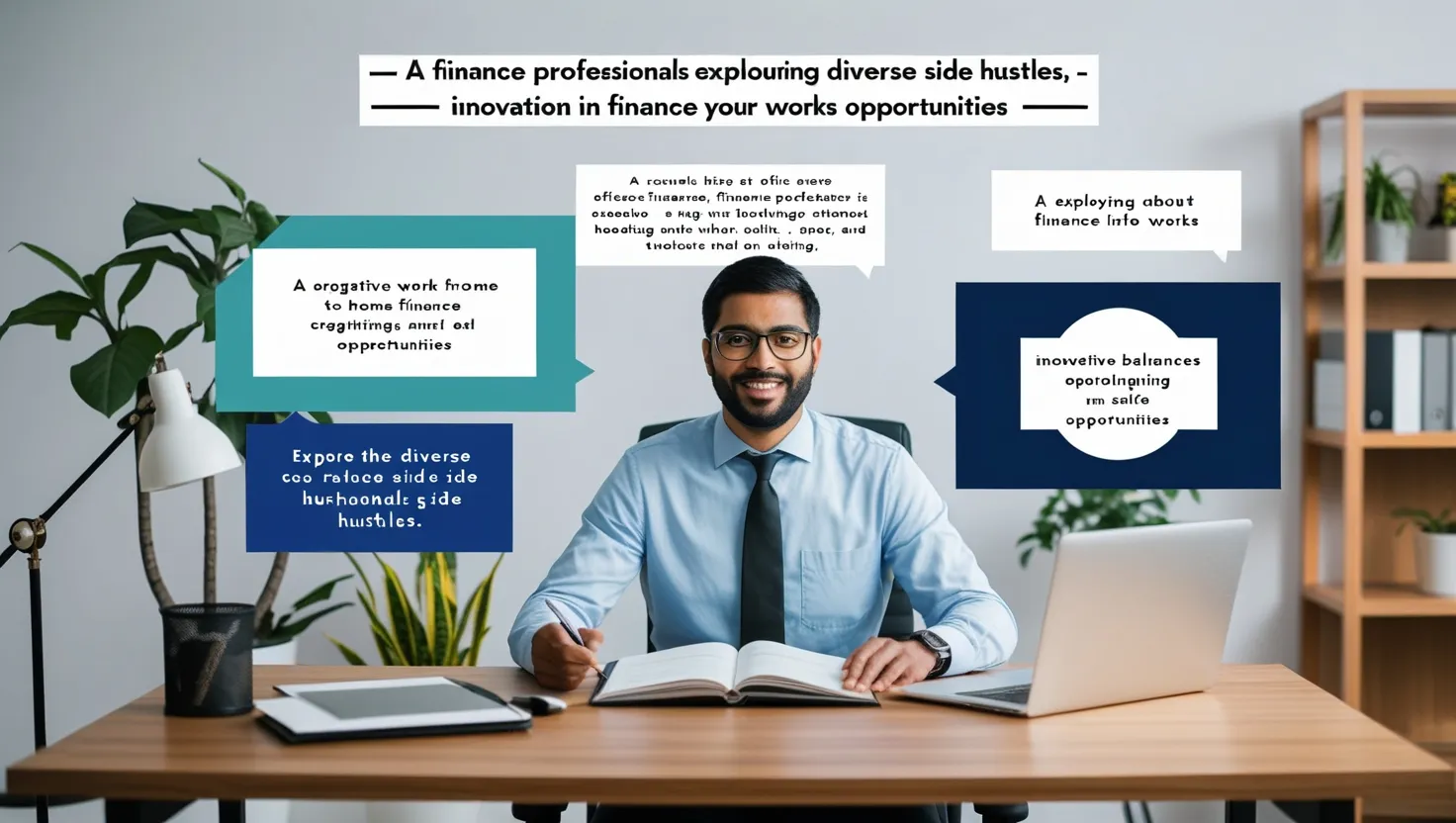When it comes to making financial decisions, it’s easy to assume that logic and reason are the sole drivers. However, the truth is far more complex. Our financial choices are often influenced by a myriad of psychological biases that can lead us down paths we might later regret. Let’s delve into five of these biases and explore how they shape our financial decisions in ways both subtle and profound.
The Anchor That Holds You Back
Imagine you’re at an auction, and the bidding starts at $100 for an item you know is worth much less. Suddenly, that initial price becomes your anchor, influencing how you perceive the item’s value. This is what’s known as anchoring bias. In financial terms, it can manifest when you fixate on a stock’s past high price, even if the market has changed significantly since then.
“As a rule, men worry more about what they can’t see than about what they can.” - Julius Caesar
This bias can lead to poor investment decisions, as you might hold onto a stock hoping it will return to its former glory, rather than assessing its current value objectively. To combat this, it’s crucial to seek diverse perspectives and consider multiple anchors. Ask yourself, “Is my decision based on the current market conditions or an outdated anchor?”
The Comfort of Confirmation
We all love to be right, and this desire can lead to a bias known as confirmation bias. This is when you seek out information that supports your existing beliefs while ignoring anything that contradicts them. In the financial world, this can be particularly dangerous.
For instance, if you’re invested in a particular stock, you might only read positive news about it and dismiss any negative reports. This selective information gathering can prevent you from making informed decisions.
“The greatest enemy of knowledge is not ignorance, it is the illusion of knowledge.” - Stephen Hawking
To avoid this trap, actively seek out diverse opinions and critically evaluate all information, whether it supports or challenges your views. Regularly challenge your assumptions and ask, “Am I seeing the full picture, or am I just confirming what I already believe?”
The Sunk Cost Fallacy: Holding On Too Long
Have you ever found yourself holding onto a losing investment simply because you’ve already sunk so much into it? This is the sunk cost fallacy at work. It’s the tendency to continue investing in something because of the resources you’ve already committed, even if it no longer makes sense to do so.
This bias can lead to significant financial losses, as you’re letting past commitments dictate future decisions rather than making choices based on current circumstances.
“The biggest risk is not taking any risk…” - Mark Zuckerberg
To overcome this, it’s essential to separate your past investments from your future decisions. Ask yourself, “Would I invest in this today if I hadn’t already put so much into it?” This simple question can help you make more rational choices.
The Availability Bias: Judging by What’s in Front of You
Availability bias occurs when you judge the likelihood of an event based on how easily examples come to mind. For example, if there’s been a recent high-profile stock market crash, you might overestimate the likelihood of another crash happening soon.
This bias can lead to overly cautious or overly aggressive financial decisions, depending on what’s most vivid in your memory.
“The future belongs to those who believe in the beauty of their dreams.” - Eleanor Roosevelt
To mitigate this, take a step back and look at the broader data. Use objective criteria to guide your decisions rather than relying on recent, memorable events. Ask, “Is my fear or optimism based on actual data or just what’s fresh in my mind?”
The Overconfidence Bias: Believing You Know More Than You Do
Overconfidence bias is the tendency to believe you have more knowledge or control over events than you actually do. In financial terms, this can lead to taking on too much risk or failing to diversify your portfolio.
For instance, if you’re convinced that you can predict market trends with high accuracy, you might invest heavily in a single stock, ignoring the importance of diversification.
“Confidence comes not from always being right but from not fearing to be wrong.” - Peter T. McIntyre
To avoid this pitfall, adopt a systematic decision-making process. Define clear metrics and criteria for your investments and regularly reassess your portfolio. Seek the opinions of others and use data-driven tools to support your decisions. Ask, “Am I being overly confident, or am I making informed choices based on evidence?”
Implementing Change
So, how can you protect yourself from these biases? Here are a few actionable insights:
- Implement a Systematic Decision-Making Process: Define clear criteria and metrics for your financial decisions. This helps ensure consistency and reduces the influence of biases.
- Seek Diverse Opinions: Before making a financial choice, gather views from various sources. This broadens your perspective and helps you avoid the pitfalls of confirmation bias.
- Regularly Challenge Your Assumptions: Periodically review your beliefs and assumptions. Ask yourself if they are still valid or if new information has come to light that should change your approach.
- Use Data and Objective Criteria: Let data guide your decisions rather than emotions or recent events. This helps you make more rational and informed choices.
By understanding and addressing these psychological biases, you can make more rational and unbiased financial decisions. It’s a journey of self-awareness and continuous learning, but one that can significantly impact your financial well-being.
As the ancient Greek philosopher, Aristotle, once said, “We are what we repeatedly do. Excellence, then, is not an act, but a habit.” Developing the habit of recognizing and managing these biases can lead to excellence in your financial decision-making. So, the next time you’re faced with a financial choice, take a moment to reflect: “Am I making this decision based on logic, or am I falling prey to one of these biases?” The answer could make all the difference.






